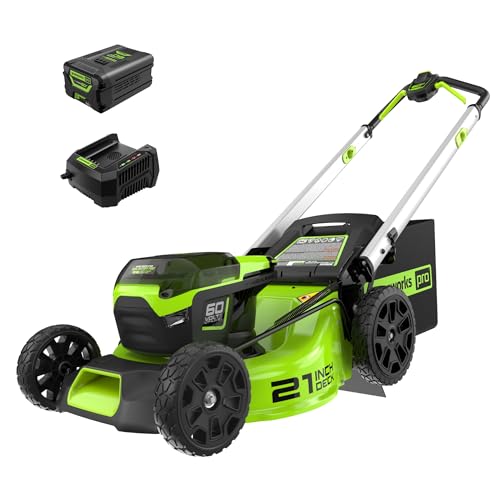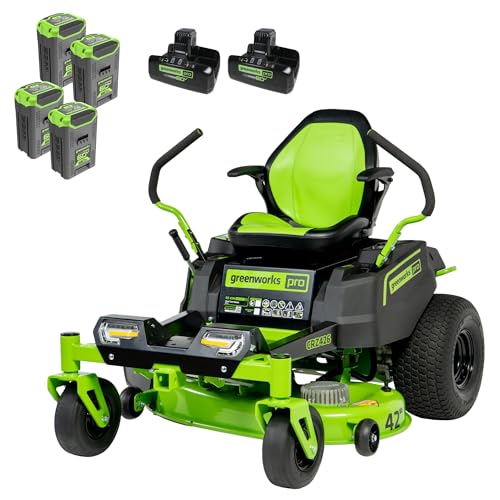What is the best direction to mow a lawn? Discover why varying it up is crucial to healthy grass
Experts explain the benefits of mowing your lawn in different directions, plus give tips for the best mowing patterns
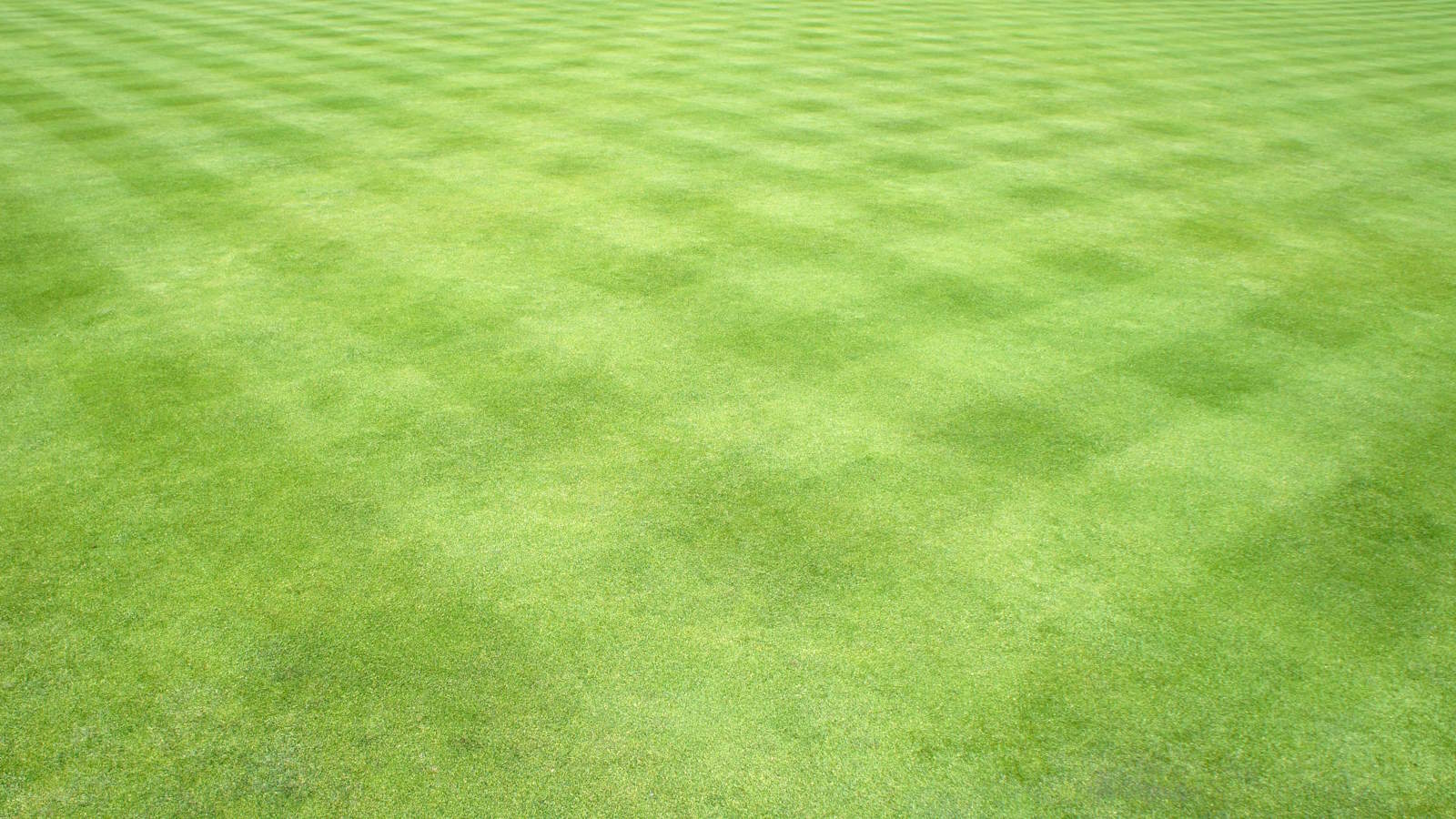

Mowing a lawn is a task loved by some and loathed by others. Many of us enjoy taking the time to tend to our turf and put hours of TLC into making it lush and green, while others do not have such dedicated lawn care habits.
A May 2024 survey of 1,028 homeowners in the United States by Tractor Supply found that 1 in 4 Americans were not confident when it comes to lawn care and 58 per cent didn’t know the best direction to mow their lawns.
It is beneficial to vary the direction of mowing each time. To help uncover the mystery of lawn mowing, we look closely at how your grass will benefit by varying the mowing direction and reveal the best mowing pattern for a healthy and beautiful lawn.
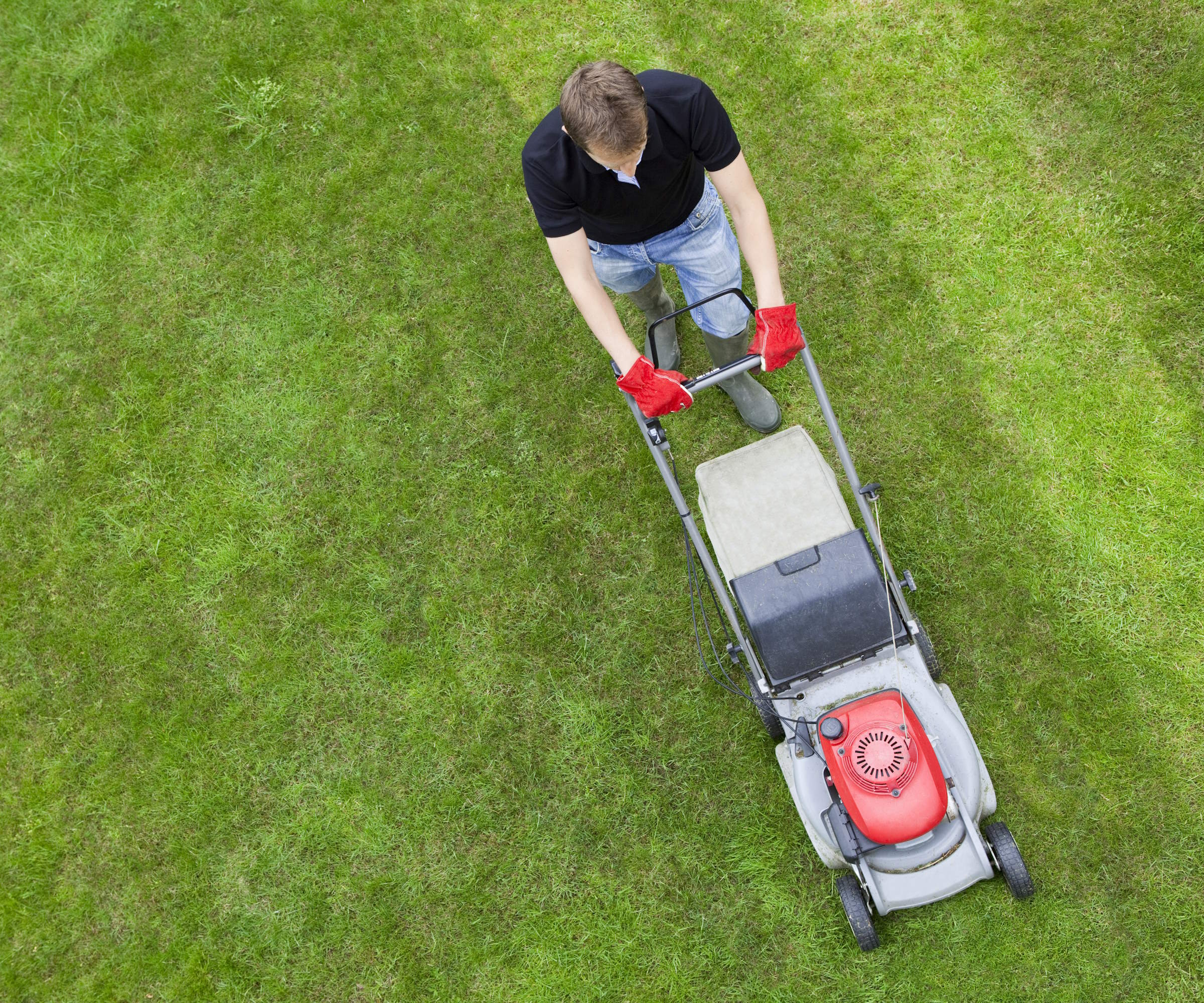
Less than half of homeowners know to vary up their mowing pattern
Does it matter what direction you mow your lawn?
If you want a green and thick lawn, then varying the direction of mowing is important. With only 2 in 5 Americans knowing to vary the direction each time, it shows a gap in many people’s lawn care knowledge. This could lead to many homeowners struggling with an unhealthy lawn.
The benefits of mixing up the mowing direction
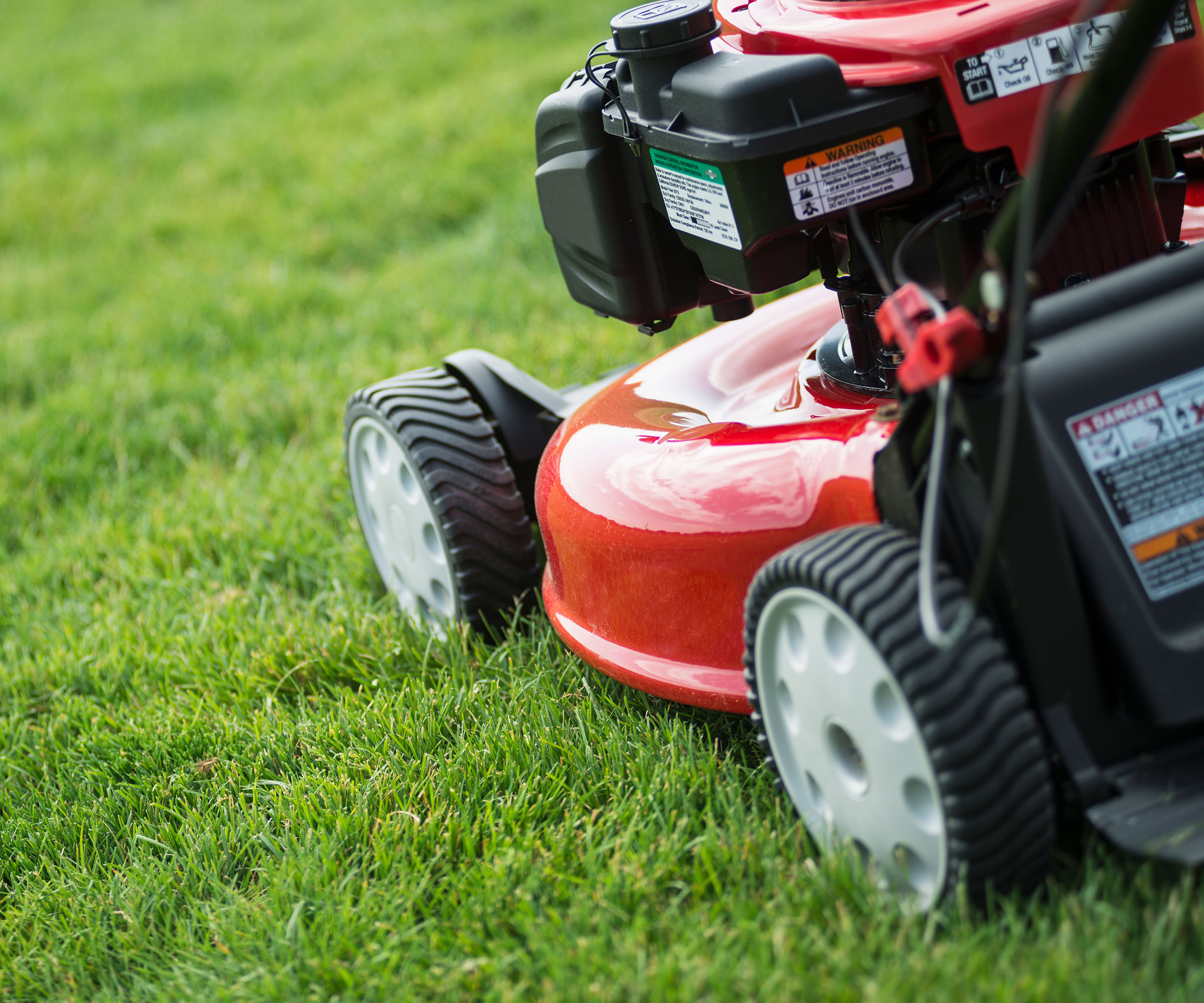
Sticking to the same mowing pattern can cause issues over time
It can be easy to get into a routine of mowing. Some homeowners start mowing in spring and simply follow the same mowing pattern time after time until they stop mowing for winter and store the lawn mower away for the year.
But doing that would be a lawn care mistake that can affect the health and appearance of your grass. With only 40 per cent of Americans changing their direction each time, it can mean lots of unhealthy lawns across the country.
‘Varying the direction of mowing is not just a random chore, it's a crucial step to maintain healthy grass growth,’ says Mady Lanni, a researcher on behalf of Tractor Supply. ‘It's a powerful tool that prevents the grass from leaning in one direction, encourages upright growth, and minimizes soil compaction, giving you the power to nurture a lush, vibrant lawn.’
Mowing in the same direction over and over can cause the grass to lean and grow naturally in the direction you cut it. Over time the grass will bend and mat in one direction, which may result in an uneven appearance. Ryan Farley, the CEO of LawnStarter, claims that you essentially train your grass to lean in the direction you’re consistently mowing.
‘This is not a great aesthetic, and it can also begin to form ruts and divots in your lawn,’ says Ryan. ‘So, one great reason to vary the direction you mow in is just to instead train your grass to stand up straight in a more neutral position.’
No matter how often you mow your lawn, mixing the direction will benefit any soil type.
The weight of the lawn mower, and the gardener, going in the same direction repeatedly can cause compaction to the soil. Over time this causes a lack of nutrient absorption and airflow to the grass blades, which impacts the health of the turf.

Mady Lanni is a seasoned content research specialist, specializing in home and garden topics for Tractor Supply to help make home and garden projects easy to tackle for anyone

Ryan Farley is the CEO of LawnStarter, a lawn care service founded in 2013 and based in Austin, Texas.
What is the best lawn mowing pattern?
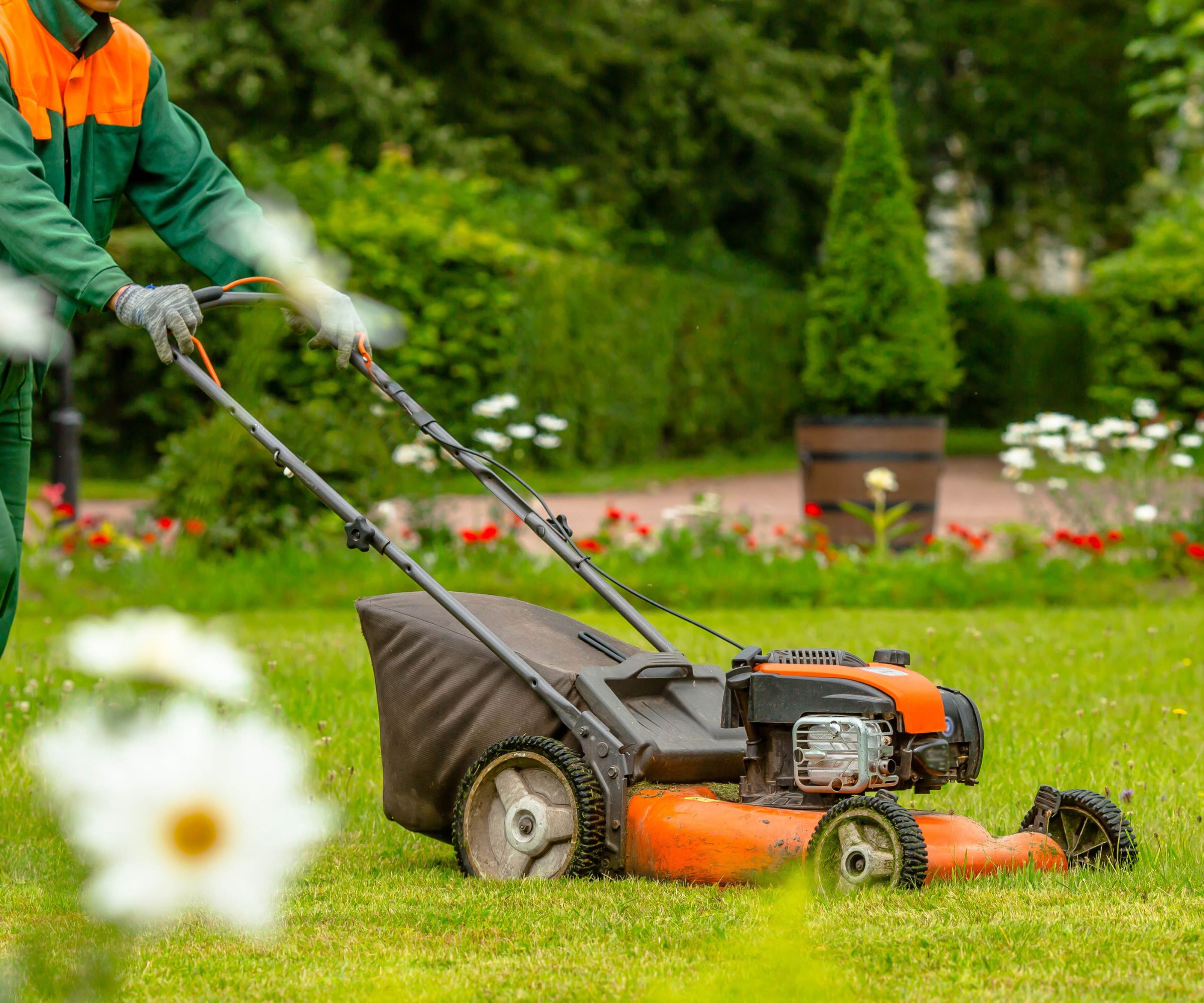
Keep grass healthy and your lawn looking stunning by changing your mowing pattern each time
It does not need to be difficult or a scary prospect to mix up the direction of mowing. It is not a case of having to do intricate patterns you see expert groundspeople mow into the pitches of professional sports teams. Simply changing the direction each time you mow, whether weekly or every couple of weeks, is enough for any home lawn to become healthier and more attractive.
Tackle the harder spots first, such as along the edges and around trees. Cutting two widths around the edge of the lawn first is a great way to start mowing. This tackles the tougher edges and gives you a turning area for then mowing stripes into the center of the lawn.
The ideal mowing pattern to follow throughout the season is as follows:
- Mow vertically
- Then diagonally in one direction
- Then horizontally
- Then diagonally in the other direction
- Repeat
Mady Lanni claims that following the above pattern ‘involves alternating mowing directions with each session, creating a crosshatch effect on the lawn’. She adds: ‘This pattern ensures even cutting, promotes upright grass growth, and prevents the formation of ruts from mower wheels.’
Small changes can make big improvements to a lawn. If you are nervous about mowing diagonally, simply switching between vertical and horizontal patterns can be beneficial first steps to change things up for the health of the grass.
You can help to make things simpler when mowing in any direction by using visual markers to help build confidence and give you satisfying straight stripes. Marco Picano, the co-owner of Picano Landscaping, advises: ‘Garden beds, pathways, or property lines can be used to keep your lines straight and consistent.
‘Over time, you can incorporate diagonal patterns for added variation. This practice not only enhances the lawn's health by promoting balanced growth but also improves its aesthetic appeal, creating a professional, well-maintained look.’
As well as mixing up the mowing direction to keep the grass healthy, picking when to mow also remains important. This includes refraining from mowing wet grass or cutting the grass in hot weather, as both practices can affect the health and ultimate look of the grass. Making sure to mow in the right conditions prevents you from being stuck with unsightly bare patches in the lawn.
Shop lawn mowers

A robotic lawn mower that uses smart technology so you can have a beautifully cut lawn 24/7 at the touch of a button. It has a cutting width of 9.45 inches and an area capacity of 1,430 square feet per hour, perfect for lawns of up to 0.8 acre.
FAQs
Is there a wrong way to mow a lawn?
The top error you can make is mowing a lawn too short, known as scalping. A good practice is never to cut more than a third of the height in one go and to mow at a higher height in spring than summer. Cutting too short can stress the grass and weaken the lawn. It can leave any lawn increasingly susceptible to pests and diseases and weeds can infiltrate a weakened lawn more easily.
Hopefully, if you weren’t before, you will now go out with a fresh mindset and start mowing your lawn in different directions each time. Use those grass clippings cleverly after mowing too, as you can mulch a lawn with grass cuttings and also use them to make compost or mulch plants around the garden.
Sign up to the Homes & Gardens newsletter
Design expertise in your inbox – from inspiring decorating ideas and beautiful celebrity homes to practical gardening advice and shopping round-ups.

Drew’s passion for gardening started with growing vegetables and salad in raised beds in a small urban terrace garden. He has worked as a professional gardener in historic gardens and specialises in growing vegetables, fruit, herbs, and cut flowers as a kitchen gardener. That passion for growing extends to being an allotmenteer, garden blogger, and producing how-to gardening guides for websites. Drew was shortlisted for the New Talent of the Year award at the 2023 Garden Media Guild Awards.
-
 Bryce Dallas Howard's bedroom is the most creative, social space in her entire home – she uses 'conversational seating' to create a multifunctional 'salon'
Bryce Dallas Howard's bedroom is the most creative, social space in her entire home – she uses 'conversational seating' to create a multifunctional 'salon'The actress's bedroom doubles as a home office thanks to its clever layout and furnishings, proving that this area is much more than a sleep space
By Hannah Ziegler
-
 7 questions to ask yourself before moving house – realtors promise answering these questions will prevent buyer's regret
7 questions to ask yourself before moving house – realtors promise answering these questions will prevent buyer's regretDon’t make your move harder, ask these questions before moving to avoid mistakes
By Chiana Dickson
